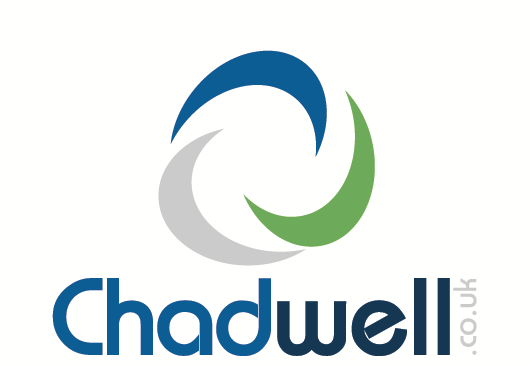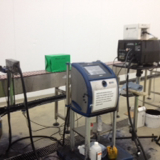Title Page
-
Completed by
-
Site reference
-
Site address
-
Date of visit
-
Who will be visiting
PRE VISIT
PRE VISIT
-
Have you gathered site information (e.g. previous site visits, ARMS database, Maintenance information)
-
Please record any concerns or information
-
Have you notified tenants/contractors of your visit
-
Why have you not notified them?
-
Is your calendar up to date along with contact details for the day?
-
Will you be working alone?
-
Have you downloaded the Lone Worker App
-
STOP and download the app and familiarise yourself with its use
-
Do you know how to use the app?
-
STOP and familiarise yourself with its use
-
Have you considered the site and any activities that will be taking place when you visit?
-
STOP and consider the what equipment/PPE you will require
-
Consider: entry keys, communications, lighting, first aid, specific PPE, suitable means to carry equipment
-
Have you got the appropriate PPE and equipment
-
STOP and ensure you have the appropriate PPE/Equipment for the visit
ON SITE
ON SITE
-
Visit Type
- Tenanted
- Contractor - Worksite
- Station
- Vacant
- Development
- Other
-
Sign in and undertake any briefing on emergency arrangements
-
You are under the arrangements of the persons you are visiting if you are uncomfortable with any of the arrangements, speak to the representative or contact your Manager. If it is not rectified and you feel your safety is at risk, use the Worksafe procedure and stop the visit
-
Sign in and undertake the site induction
-
You are under the arrangements of the persons you are visiting if you are uncomfortable with any of the arrangements, speak to the representative or contact your Manager. If it is not rectified and you feel your safety is at risk, use the Worksafe procedure and stop the visit
-
Sign in and undertake induction/briefing on emergency arrangements
-
You are under the arrangements of the persons you are visiting if you are uncomfortable with any of the arrangements, speak to the representative or contact your Manager. If it is not rectified and you feel your safety is at risk, use the Worksafe procedure and stop the visit
-
Please describe the visit type
-
Is there suitable parking
-
Why is there no suitable parking?
-
On arrival take 5 to consider underfoot conditions and the environment (is there adequate lighting, are there any risks from people/animals?)
-
If you have equipment with you, do you have suitable means to carry it?
-
Comments
-
Is there adequate segregation between vehicles and pedestrians?
-
Comments
HAZARDS
Hazard Type
-
Are any of these hazards below potentially present?
-
Fly Tipping
-
Report for removal
-
What level of risk does this pose?
-
Biological Hazards (e.g. Bird droppings, faeces, discarded needles, rat's (leptospirosis), stagnant water)
-
What level of risk does this pose?
-
Details
-
What level of risk does this pose?
-
Chemical Hazards (e.g. paints, glues, welding fumes, cleaning agents, flammables)
-
What level of risk does this pose?
-
Details
-
What level of risk does this pose?
-
Bottled Gases
- Not present
- Present - correctly stored
- Present - concerns on storage/usage
-
What level of risk does this pose?
-
Details
-
What level of risk does this pose?
-
Asbestos
-
Is your activity likely to disturb it?
-
STOP
-
What level of risk does this pose?
-
What level of risk does this pose?
-
STOP and REPORT
-
What level of risk does this pose?
-
Potential for work at height including (drops in levels, inspection pits, accessing roofs, scaffold, access equipment)
-
STOP Is there a way of undertaking the work without working at height?
-
Ensure a work at height risk assessment has been undertaken and controls in place. Where accessing station roofs, ensure you have a permit and have been briefed
-
Details
-
What level of risk does this pose?
-
What level of risk does this pose?
-
Site close to operational railway
-
Can 3m be kept at all times
-
Ensure you don't encroach into the 3m exclusion zone
-
What level of risk does this pose?
-
STOP and put arrangements in place in line with the NR Standard
-
What level of risk does this pose?
-
-
Utility Services present
-
What level of risk does this pose?
-
Details
-
What level of risk does this pose?
-
Plant and equipment (moving machines/equipment/noise)
-
What level of risk does this pose?
-
STOP consider your safety
-
What level of risk does this pose?
-
Excavations
-
What level of risk does this pose?
-
STOP Consider the activity you need to undertake.
-
Is edge protection/exclusion zone required?
-
Make arrangements before continuing
-
Details
-
What level of risk does this pose?
-
Details
-
What level of risk does this pose?
-
Buildings on site any structural concerns (any upper floors that may not be sound), fire damage
-
What level of risk does this pose?
-
STOP do not enter premises where you have concerns, and no specific risk assessment is not in place. Seek advice
-
Details
-
What level of risk does this pose?
-
Animals
-
Do they pose a risk to you?
-
Get to a safe position
-
What level of risk does this pose?
-
What level of risk does this pose?
-
-
Are there any other hazards on site?
-
Details
-
What level of risk does this pose?
RISK ASSESSMENT COMPLETION
Assessment Completion
-
Following completion of this assessment, review if you have identified any areas of high risk.
-
Is it safe for you to proceed?
-
Details
-
Any other comments









